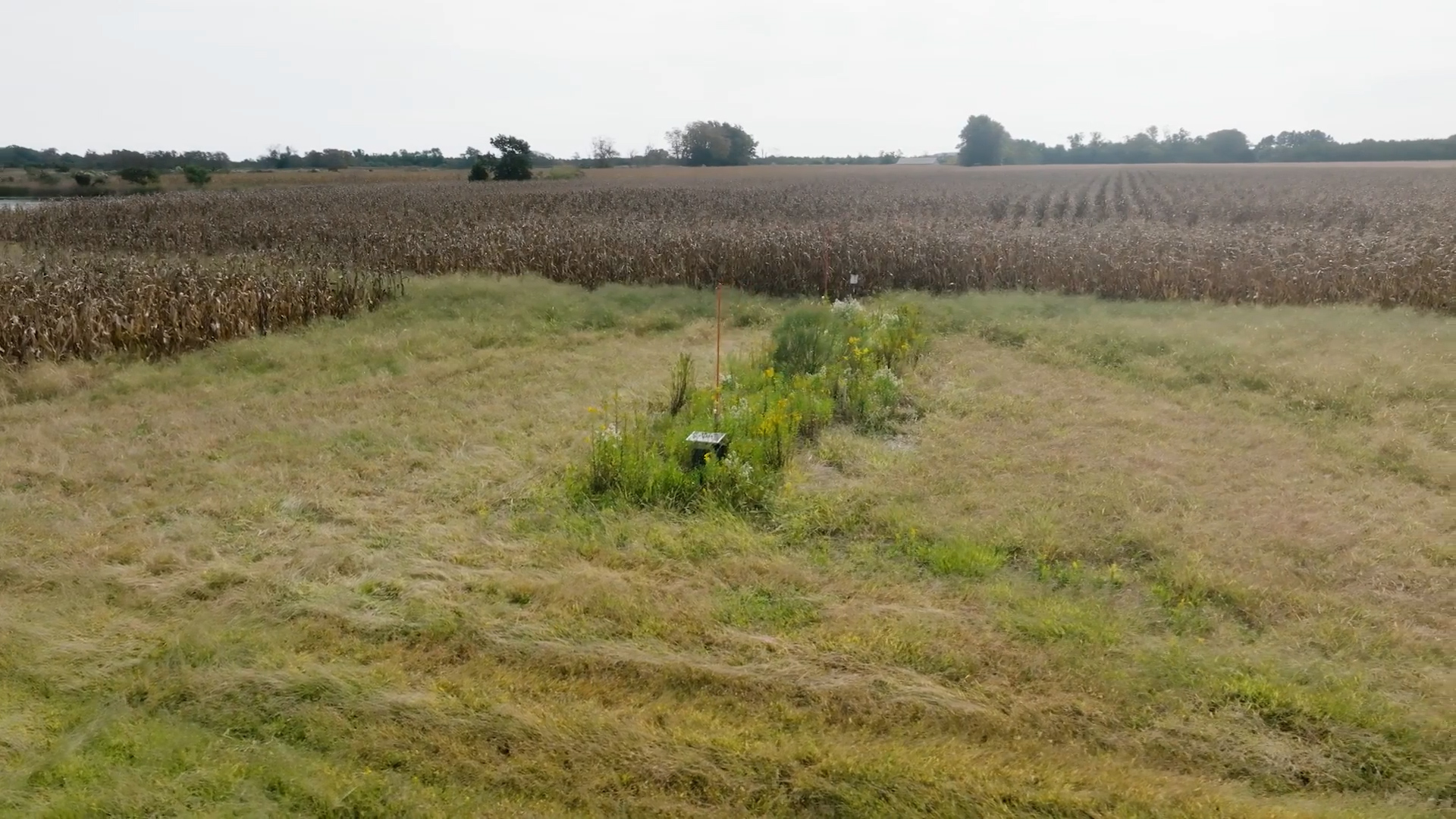Between New Jersey and Delaware, the river gives way to the Delaware Bay, where the water is salty. There lies a growing problem.
Rising sea levels from climate change are forcing salty water further into farmer’s fields, a phenomenon called saltwater intrusion.
It’s already happening on Paul Cartanza Jr.’s farm, along the Delaware Bay, where some of his soil is getting too salty to grow corn.
“We went to irrigate, two days later we noticed we had an issue because it means that the corn started to turn brown, started to die when you put salt on it. It started to die,” Cartanza said.
A major new study from NASA found salty seawater will infiltrate drinking and agricultural water supplies in about three out of four coastal areas around the world, including America’s coasts, by the end of the century.
Scientists are studying Cartanza’s farm and developing ways to plant more salt-tolerant crops, as soils change.
“I just want to know what is happening in the soil and how fast the intrusion is coming in,” Cartanza said.
Kate Tully, a researcher from the University of Maryland, has found salt-tolerant plants in a patch of field bordering the farm, indicating the salt is coming in and trying to turn the farm into a marsh.
“The plants are telling you the story, even though we’re doing all this chemistry to try to figure out what’s happening in the soil, the plants are telling you the story. All you have to do is look at these plants and say, oh, these do not belong on a farm,” she said.

The unmowed patch of field bordering Paul Cartanza Jr’s farm, where some of his
soil is getting too salty to grow corn.
Some solutions include switching to salt-tolerant crops or enrolling in programs that pay landowners to convert farmland to wetland habitat.
A study from the University of Delaware estimates saltwater damage to farmland could exceed $100 million dollars.
In order to keep farming, Cartanza has mowed buffer zones between the marsh and his corn.
“God has only made so much land. And if we keep losing land to a lot of different things, it’s going to be hard to feed people,” he said.
The post What are communities across the country doing to save our damaged rivers? appeared first on CBS News.



















